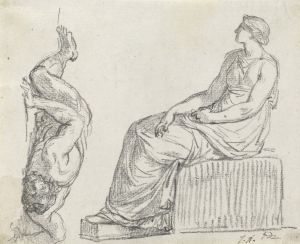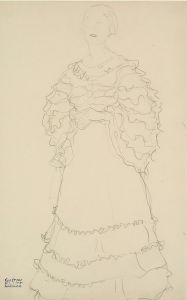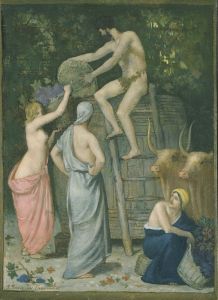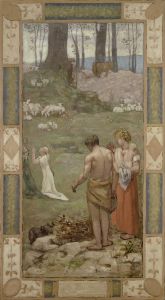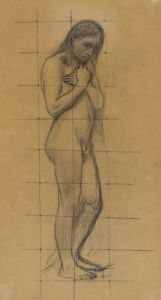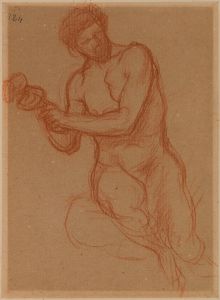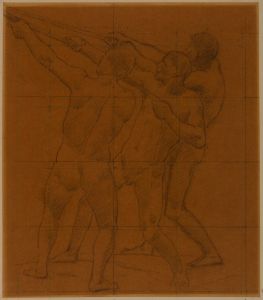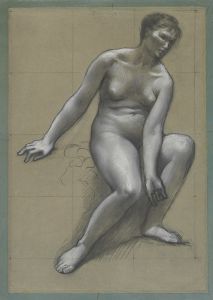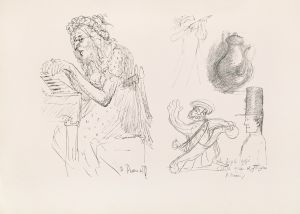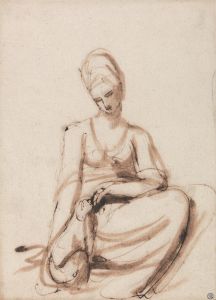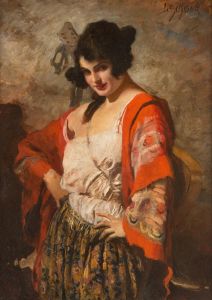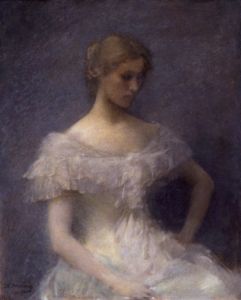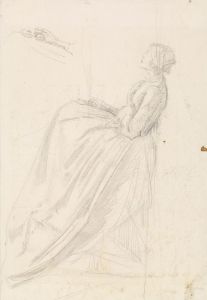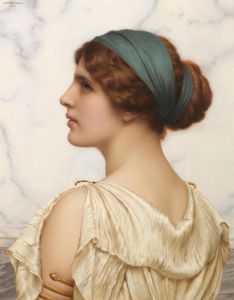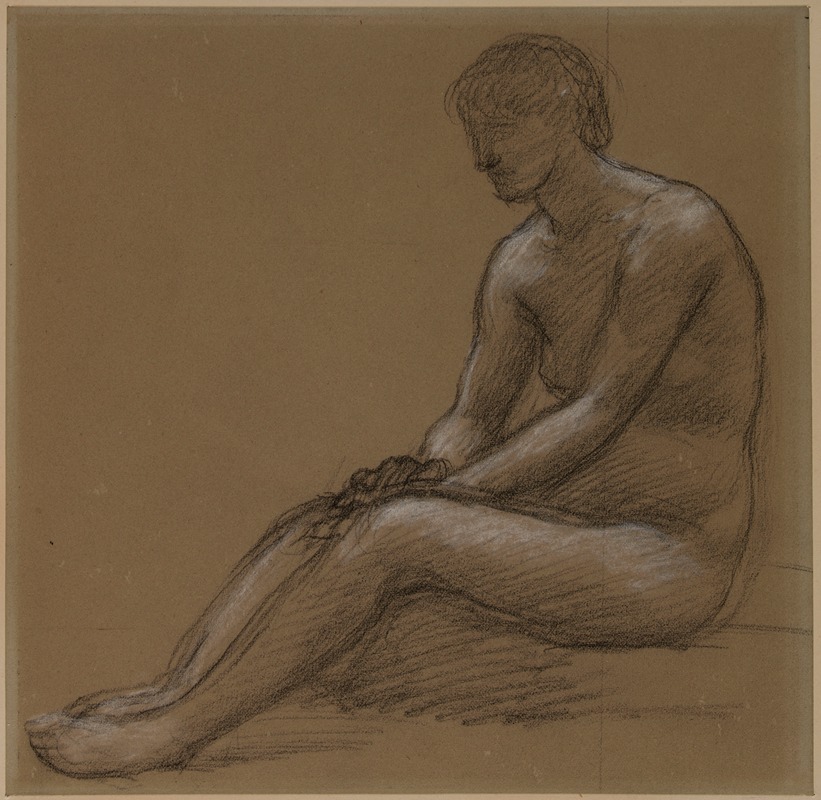
Femme nue assise
A hand-painted replica of Pierre Puvis de Chavannes’s masterpiece Femme nue assise, meticulously crafted by professional artists to capture the true essence of the original. Each piece is created with museum-quality canvas and rare mineral pigments, carefully painted by experienced artists with delicate brushstrokes and rich, layered colors to perfectly recreate the texture of the original artwork. Unlike machine-printed reproductions, this hand-painted version brings the painting to life, infused with the artist’s emotions and skill in every stroke. Whether for personal collection or home decoration, it instantly elevates the artistic atmosphere of any space.
Pierre Puvis de Chavannes, a French painter known for his contributions to Symbolism and his large-scale mural works, created "Femme nue assise" ("Seated Nude Woman") as part of his exploration of the human form and allegorical themes. While Puvis de Chavannes is primarily celebrated for his monumental murals, his smaller works, such as this painting, reveal his sensitivity to composition, form, and the subtle interplay of light and shadow.
"Femme nue assise" depicts a nude woman seated in a contemplative pose. The figure is rendered with a sense of calm and introspection, characteristic of Puvis de Chavannes' style. The simplicity of the composition emphasizes the subject's form and the serene atmosphere, aligning with the artist's preference for timeless and idealized representations. The muted color palette and soft, almost ethereal quality of the painting reflect Puvis de Chavannes' departure from the dramatic realism of his contemporaries, favoring instead a more subdued and harmonious aesthetic.
This work exemplifies Puvis de Chavannes' interest in classical themes and his ability to evoke a sense of universality and tranquility. Although primarily known for his public commissions, such as the murals in the Panthéon in Paris and the Boston Public Library, his smaller-scale works like "Femme nue assise" demonstrate his versatility and mastery of different formats. These pieces often served as studies or standalone works that allowed him to experiment with composition and technique.
The exact date of creation for "Femme nue assise" is not definitively documented, but it is consistent with Puvis de Chavannes' broader body of work, which spans the mid to late 19th century. The painting reflects the artist's engagement with the Symbolist movement, which sought to convey deeper emotional or spiritual truths through art. While not overtly allegorical, the serene and introspective quality of the piece aligns with the Symbolist ethos of transcending the material world.
"Femme nue assise" is housed in a private collection or museum, though specific details about its current location or provenance are not widely available. As with many of Puvis de Chavannes' works, it continues to be studied and appreciated for its contribution to the development of modern art and its influence on subsequent generations of artists, including the Post-Impressionists and early modernists.
This painting remains a testament to Puvis de Chavannes' ability to blend classical influences with a modern sensibility, creating works that resonate with viewers through their timeless beauty and contemplative nature.





